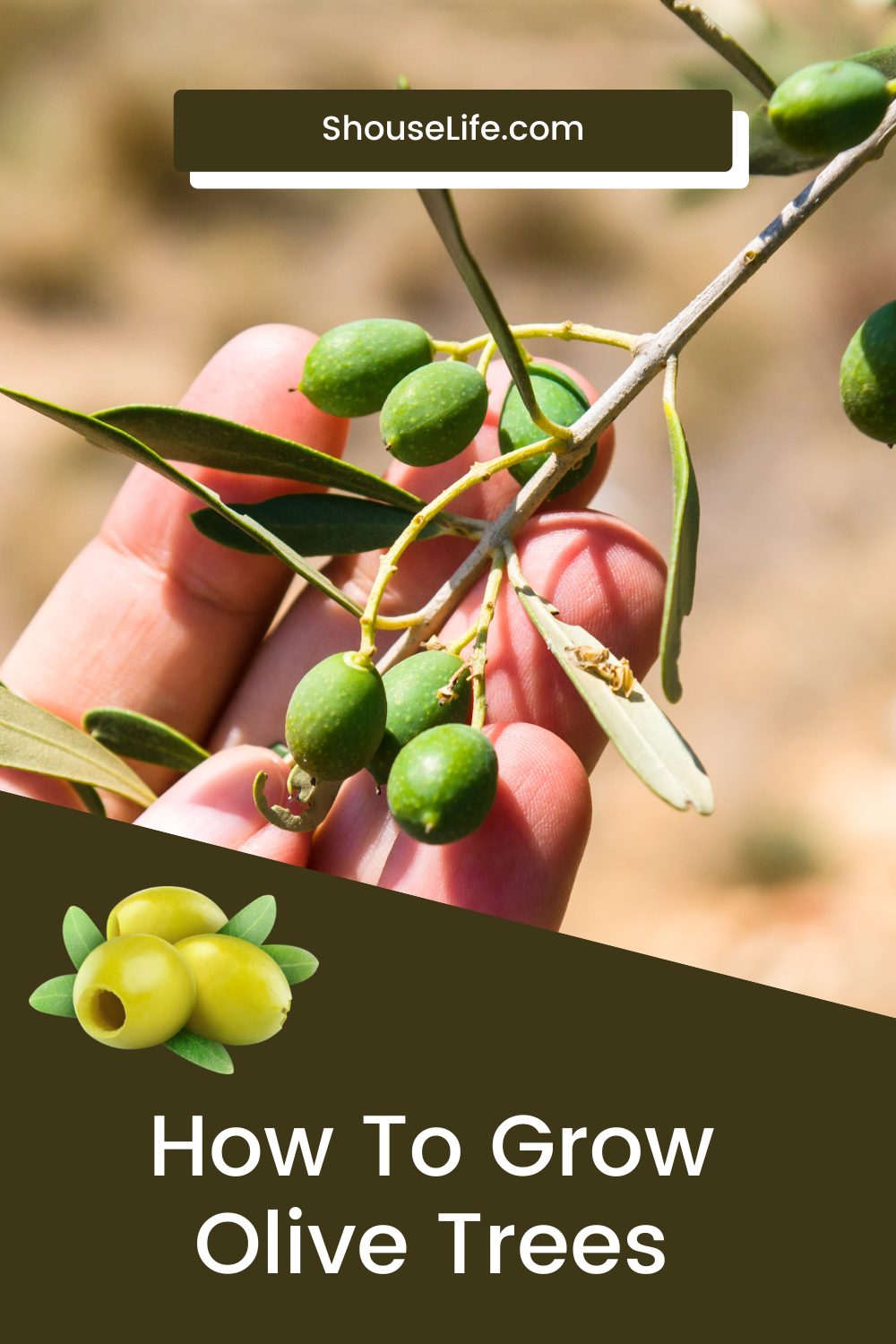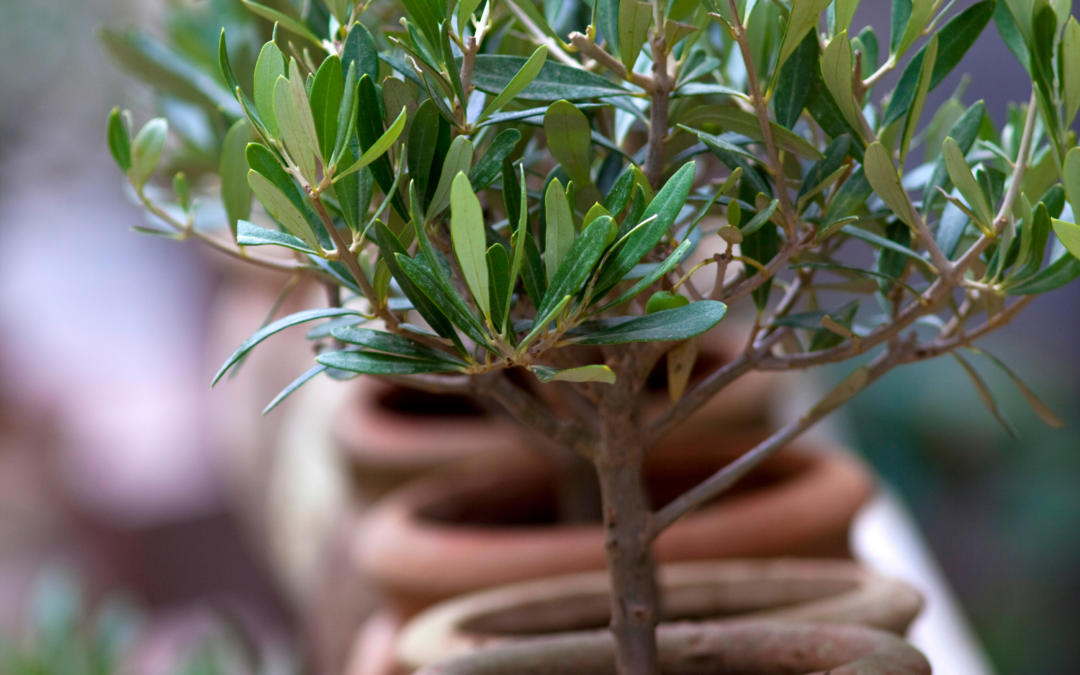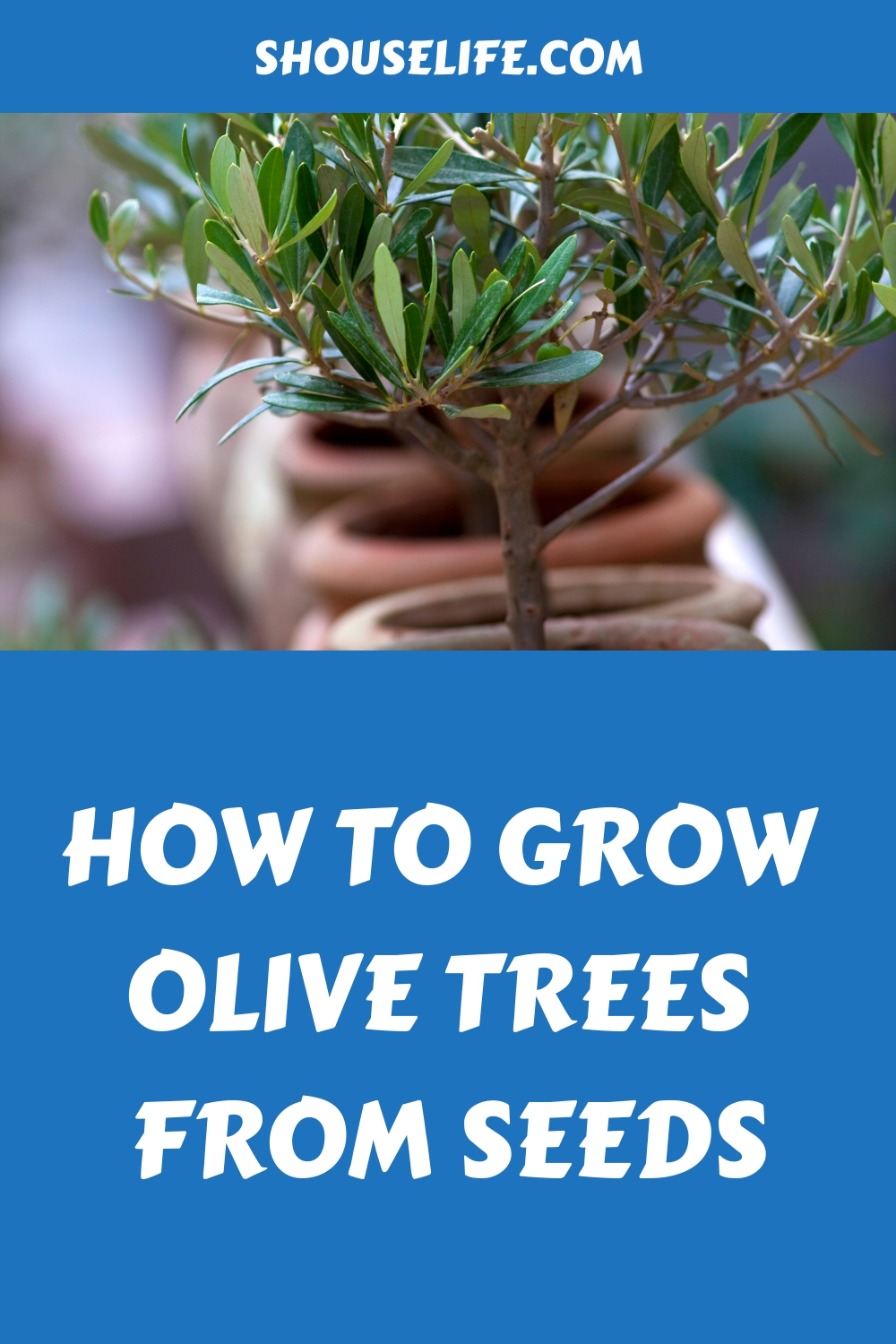Most olive trees are propagated by rooting cuttings taken from the parent tree, but it is also possible to grow them from seed. The process is a bit more complicated and time-consuming than propagation by cuttings, but it can be done.
If you want to try growing olive trees from seed, here are a few things you need to know.
- First, olive trees are not like other fruit trees. They will not produce true-to-type fruit if grown from seed. In other words, the olives that your tree produces will not be the same as the olives that the parent tree produces.
- Second, it can take up to ten years for an olive tree grown from seed to produce fruit.
- Third, olive trees are self-fertile, so you only need one tree to get olives.
- Fourth, olive trees are very sensitive to cold weather and will not survive temperatures below freezing. If you live in an area with cold winters, it is best to grow your olive tree in a pot so that you can bring it indoors when the temperatures start to drop.
- Fifth, olive trees need a lot of sunlight to produce fruit, so make sure to plant yours in a sunny spot.
Now that you know all of this, you are probably wondering how to go about growing olive trees from seed. The first step is to collect the seeds from ripe olives.
You can do this by smashing the olives with a hammer or rolling them under a heavy pot. Once the seeds are extracted, rinse them off and allow them to dry.
Once the seeds are dry, you will need to stratify them. This means that you will need to mimic the conditions that the seeds would experience during winter.
To do this, mix the seeds with moist sand and peat moss and put them in a zip-lock bag. Place the bag in the refrigerator for three months.
After the stratification period is over, you can plant the seeds. Fill a pot with a well-draining potting mix and plant the seeds about ½ inch deep.
Water the soil and place the pot in a sunny spot. Keep the soil moist but not wet and in a few weeks, you should see sprouts.
Once the seedlings are a few inches tall, you can transplant them into individual pots. Olive trees can also be planted directly in the ground, but they will need to be protected from freezing temperatures.
If you live in an area with cold winters, it is best to grow your olive tree in a pot so that you can bring it indoors when the temperatures start to drop.
Olive trees are very sensitive to cold weather and will not survive temperatures below freezing. If you live in an area with cold winters, it is best to grow your olive tree in a pot so that you can bring it indoors when the temperatures start to drop.
Once the seedlings are a few inches tall, you can transplant them into individual pots or into the ground. Olive trees can also be planted directly in the ground, but they will need to be protected from freezing temperatures.
If you live in an area with cold winters, it is best to grow your olive tree in a pot so that you can bring it indoors when the temperatures start to drop.
Olive trees need a lot of sunlight to produce fruit, so make sure to plant yours in a sunny spot.
Once your tree is established, it will need very little care. Water it regularly and fertilize it once a year with a balanced fertilizer.
Before planting olive seeds, you should rot them slightly so as to soften the hard outer shell which is also very oily and hence unsuitable for direct planting. Rotting is achieved by soaking the seeds in hot water or an alkaline solution for 24-48 hours. Sometimes the water should be changed after the first 24 hours to achieve the best results. However, in most cases, the seeds are ready for planting after this time and do not need to be re-soaked.
Olive seeds germinate well in “poor” sandy soils. This is because the sandy soil is well-drained and properly aerated. These are the perfect conditions for olive tree growth. Rich loam soils will make the seeds become rancid in the presence of soil organisms that hinder germination. Such soils are also very susceptible to diseases and hence produce poor-quality seedlings.
Once you have identified the ideal soil to germinate your seeds, pack them in small plastic bags. The suitable bags should support one or a maximum of two seeds. Note that you might want to mix the soil with some organic manure before stuffing it in the bags. However, the manure should be in the ratio of 1 to 4 in relation to the sandy soil. After filling the plastic bags with soil, perforate the sides of the bags.
Use your index finger to sink a small hole in the soil. It should not be more than 1 inch deep. Put your olive seeds in the hole and cover them with the soil. During the initial watering session, you can add half a glass of water to the bags containing your seeds. However, any subsequent watering sessions will require you to add just a few drops of water, preferably a bottle top-full only.
You can water your seeds once a day if the conditions are warm. But if the temperatures are hot, you can water them twice each day; in the morning and in the evening. Olive seeds do not germinate in cold weather. Anything below zero degrees Celcius is an unfavorable weather condition for the growth of olives. Very hot conditions are also very harmful to germinating seeds.
The sprouts may pop up within three weeks if everything is done right. Nevertheless, there is nothing wrong if they come out in two weeks on one extreme or four weeks on the other. Let the seedlings remain in the bags until they appear strong enough to transplant. It may take another two weeks for them to reach the ideal transplanting age. By then, they are about 1-2 inches tall and the grass-like leaves are green and strong.
When they are ready for transplanting, tear the plastic bags carefully so that the soil remains intact. It is important to transplant them with their parent soil because the roots are still very weak and the soil has important nutrients that the seedlings will require to establish themselves in the new environment. The seedlings should be transplanted into similar soil conditions. The preferred soil is well-drained sandy soil. The key word is “well-drained”, therefore any soil that you choose should not be the kind that retains water.
If you are to plant them in the open, make sure that there are no obstructions that will block the sun from reaching the seedlings. They need enough sunlight. Place the seedlings in prior prepared pots. The pots should be deep enough to cover the soil holding the seedlings. Each pot should hold only one tree. Keep on watering your plants on a daily basis.
The watering should be minimal. Just make sure that the soil doesn’t run completely dry. Fresh air is important for transpiration but strong winds should be blocked. The seedlings will require a lot of tender care because they take many months to reach a stage where they can be left on their own. Growth is painfully slower than germination and will require endurance and perseverance. After two years, the trees can be left to grow on their own since they normally don’t require specialized attention.
FAQs about growing your own olive trees
How long does it take for an olive tree to produce fruit?
It can take up to ten years for an olive tree grown from seed to produce fruit.
Do olive trees need a lot of sunlight?
Yes, olive trees need a lot of sunlight to produce fruit. Make sure to plant yours in a sunny spot.
How do I stratify olive tree seeds?
To stratify olive tree seeds, mix the seeds with moist sand and peat moss and put them in a zip-lock bag. Place the bag in the refrigerator for three months.
Conclusion
Olive trees are a great addition to any garden and with a little patience, you can grow them from seed. Keep in mind that they need full sun, well-drained soil, and protection from freezing temperatures. With proper care, your olive tree will produce delicious olives for many years to come!




